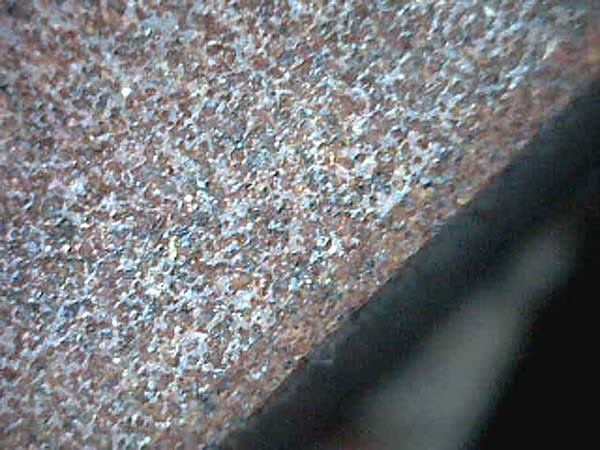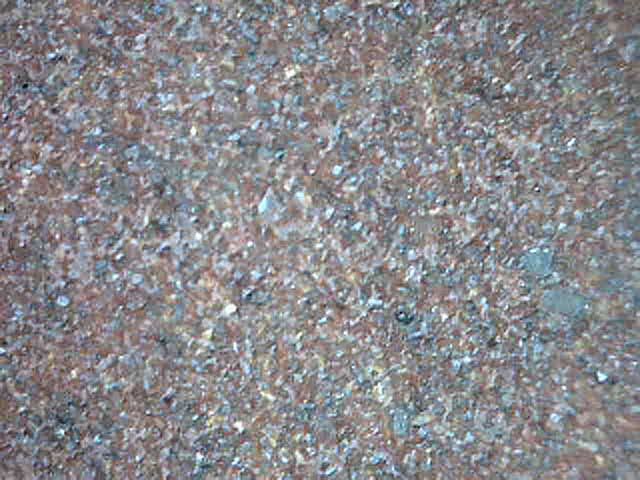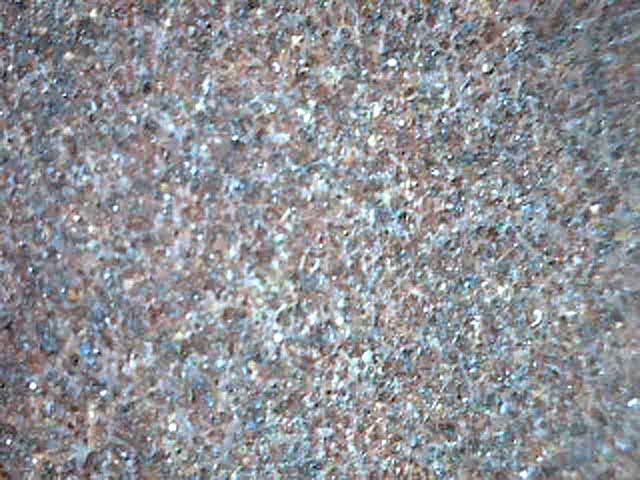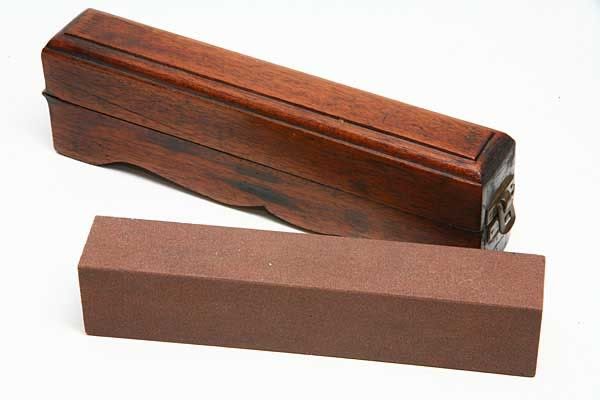Results 1 to 10 of 10
Thread: Can You ID this British Hone?
Hybrid View
-
03-14-2009, 05:09 PM #1Senior Member



- Join Date
- Apr 2008
- Location
- Essex, UK
- Posts
- 3,816
Thanked: 3164 Can You ID this British Hone?
Can You ID this British Hone?
I got this hone recently - it was saturated with oil but soaking in a solution of bio washing powder for day and a half has got rid of the oil. It came in a fancy hardwood box, long and narrow, hinged at the narrow end. The hone measures 8.0 x 1.75 x 1.25 inches, and was mounted narrow-side-up in the box. The box looks like the sort of thing you's see in the 1900s - someone took an awful lot of time over making it!
It is a dull pink red with darker patches and a lot of glittery specks (mica? quartz?) in it. I am 99.9% sure it is a natural stone, a bit like sandstone but very hard and firm, not given to releasing sandy particles during honing. I can see some faint evidence of strata in it - just.
It cuts very slowly and leaves a scratch pattern deeper than a King 1000, so I am guessing that it is at least half that grit size.
It's composition is very reminiscent of the Dalmore Yellow I had: tiny particles bonded together with an open or porous appearance. The DY was predominatly yellow with flecks of pink-red, black and white. This one looks just the same but reversed: predominatly pink-red with flecks of yellow, black and white.
I took some close-up pictures of the surface, very much magnified:

1. You can see the chamfered edge I added - it took ages to lap!

2.

3.
Any help/ideas would be appreciated!
Regards,
Neil.
-
03-14-2009, 05:53 PM #2

I'm no rock expert, i'm afraid, but those photo's are so close they made my eyes go funny! Might be worth putting one up of the bigger picture?
-
03-14-2009, 06:40 PM #3Senior Member



- Join Date
- Apr 2008
- Location
- Essex, UK
- Posts
- 3,816
Thanked: 3164
Good idea Ben - here it is:

Regards,
Neil.
-
03-14-2009, 07:29 PM #4

"Norton India Stone" keeps popping into my head. But, that can't be right if its a natrual stone.
Was the box maybe re-used from something else, and the original owner married up the stone and box?
-
03-14-2009, 07:34 PM #5

Nothing about this stone strikes me as natural. Norton India stone are my thoughts also.
-
03-14-2009, 07:42 PM #6

Very nice box.
Looks like granite to me. Is it soft or hard?


 LinkBack URL
LinkBack URL About LinkBacks
About LinkBacks






 Reply With Quote
Reply With Quote